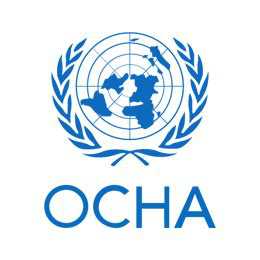Decades of ongoing conflict have left people in many parts of Myanmar living in fear due to the landmines and unexploded bombs. MAG has worked in Myanmar since 2013, delivering a range of community liaison activities.
Why we work in Myanmar
Parts of Myanmar are heavily contaminated by landmines and unexploded bombs due to conflicts, with the eastern and northern borders of Kayah, Kayin, Shan and Kachin states, and the central region of Bago all being heavily affected.
Contaminated areas force communities to live in danger and fear and make it impossible for farmers to harvest their crops or get their produce to market.
Landmines and unexploded bombs are also a key factor impeding the safe return of hundreds of thousands of refugees and internally displaced people in Myanmar.
When I was young I found a lot of unexploded bombs here. I played with them and even threw them. I am happy MAG is now here to explain the dangers – we have learnt things we never knew.
Tin Aung MoeMyanmar
How we help
MAG provides risk education in Myanmar, which gives people potentially life-saving information on how to recognise, avoid and report threats. A child's ability to correctly identify a landmine or unexploded bomb could save their life.
MAG focuses on community-based delivery of risk education in Myanmar through targeting of at-risk groups at village level. These safety sessions may include how to recognise landmines, how to report a dangerous item, what to do in an emergency, the known areas of contamination, and more.
Community safety mapping is an innovative approach that is undertaken alongside risk education to encourage communities to talk about the hazards in their vicinity. We produce maps of unsafe areas which are displayed in the community along with key safety messages. This regularly reminds people of the safe routes to schools, land, and water.
Contamination Baseline Assessments enable us to compile detailed information on threats to the community to ensure that resources are targeted to the areas of greatest need.
By collecting information such as the proximity of explosive items to communities, who benefits from clearance and what the land will be used for, we can identify priorities for future clearance.
Our results in 2023

Contamination Baseline Assessments
779

Direct beneficiaries since the coup in 2021
96,821












